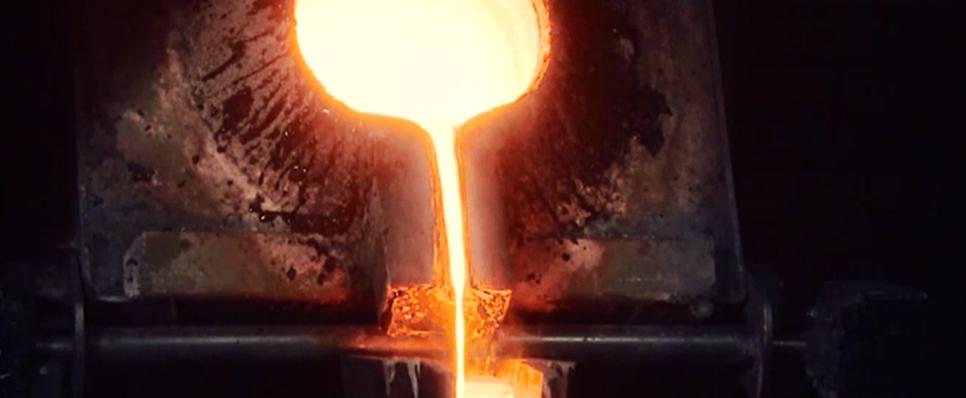Published: 27 Sep 2017
The history of gold refining

The start of the love affair between mankind and gold is believed to be around –3000-6000 BC with the smelting of gold. According to Studies in Ancient Technology by R.J. Forbes, the technique began in Mesopotamia or Syria. In ancient Greece, Heraclitus wrote on the subject.
According to the Encyclopedia Britannica, ‘Egyptian wall reliefs from 2,300 BC show gold in various stages of refining and mechanical working’, using ancient technology. Ancient Egyptians extracted gold using placer mining at the banks of rivers — a process in which valuable minerals that have accumulated through their respective density during sedimentary processes are mined from the banks of river beds. In other words, Egypt made use of particles of gold that they found in river sands.
Once the sand is collected, the gold is concentrated by washing away lighter river sands with water, thus leaving behind dense gold particles. These particles were further purified through melting and consequently moulded into the desired shapes. Forbes documented that by 2000 BC, the process of purifying alloys with salt to remove the silver and leave behind gold was discovered.
These techniques of refining gold eventually reached the Spanish by 100 AD, who may have been just as mystified with the precious metal as Indians are today. Gold Ore Processing: Project Development and Operations, edited by Mike D. Adams speculated that up to 40,000 slaves were employed for gold mining in Spain at the time.
The advent of Christianity somewhat tempered the demand for gold until about the 10th century AD, which is when amalgamation was discovered - the process using mercury to capture tiny particles of gold from sand. And soon after that, gold mining saw an exponential rise with the invasion of the New World. Soon, large scale gold mining using newer technologies spread to areas where gold deposits were discovered in Brazil, the Ural Mountains of Russia, Siberia and, California and the largest of which was in the Witwatersrand of South Africa.
The discovery of the South African gold deposit coincided with the discovery of the cyanidation process, which made it possible to recover gold from low-grade ores, and is the most commonly used leaching process for gold extraction today.
The technology boom for developing pure gold continued with E.B. Miller’s process of refining impure gold with chlorine gas (patented in Britain in 1867) and Emil Wohlwill’s electro-refining process (introduced in Hamburg, Germany, in 1878). In fact, gold with purity of 99.99 percent is created using a combination of the processes.
Suddenly, it became easier and cheaper to routinely purify gold. These two methods continue to be the most popular gold refining methods used today.











